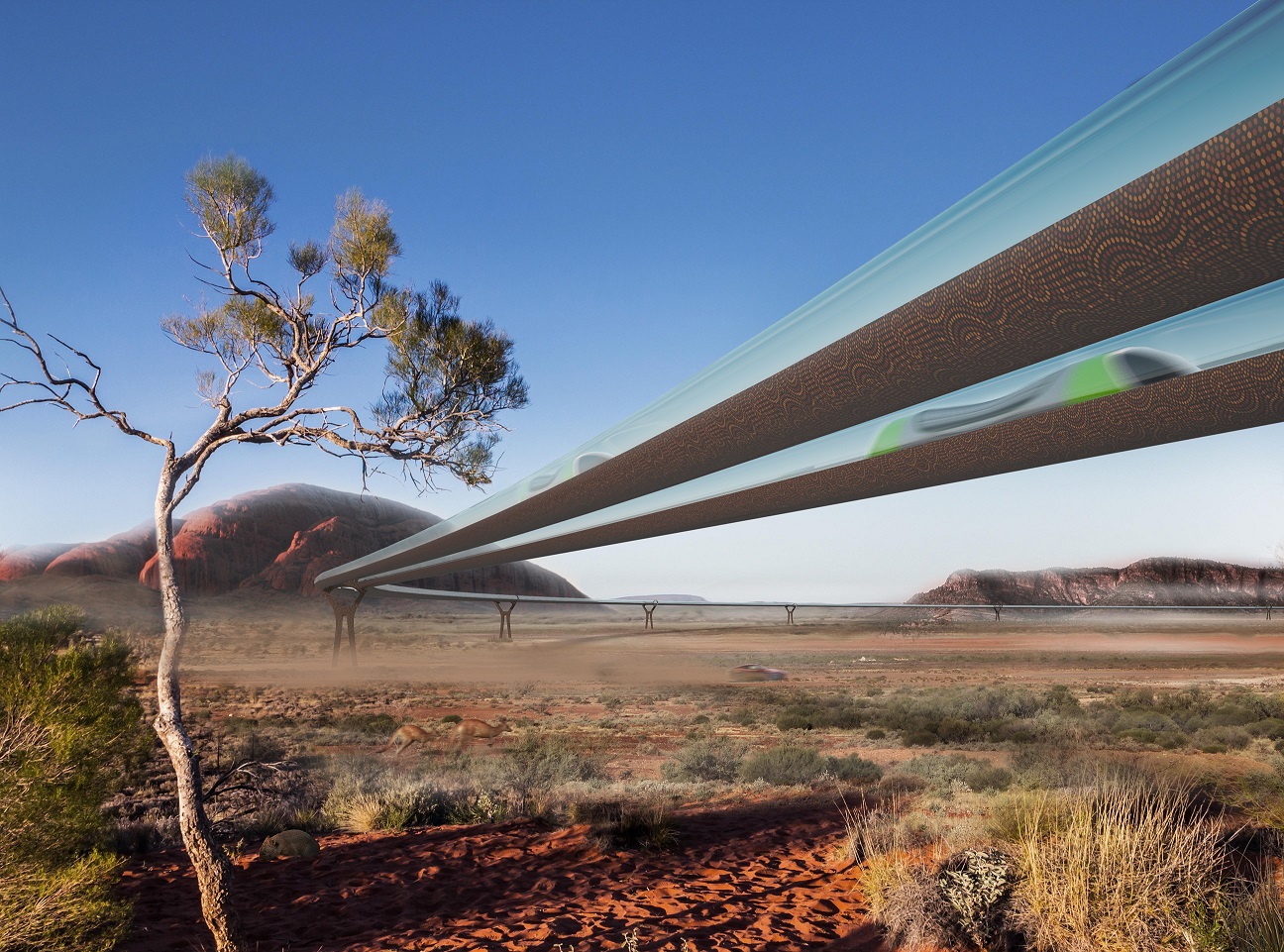How we will move between and around our Cities?
I believe Architects in the future need to be more interested in what makes cities work rather than style individual buildings. That is certainly born out by the work of Weston Williamson which recently celebrated its 30th anniversary.
On looking to the future it is sensible to reflect on the past. As Steve Jobs said “You can’t connect the dots looking forward; you can only connect them looking backwards. “
I am an avid reader on the subject of ancient history, the Persians, the Ancient Greeks, the Egyptians. But I am particularly intrigued by the Roman Empire. A comparison of our cities today and Rome two millennia earlier is interesting to consider. If Tiberius was to return to Rome now he would be astonished by many things. The growth and influence of Christianity for instance and the scale of the buildings dwarfing Augustus’s Pantheon. But also computers, televisions, radio, mobile phones, cameras and other technological advances would amaze the visitor. Building materials and construction techniques unimaginable in ancient Rome allowing much greater possibilities.
But the biggest shock might be the way we move between and around cities. The cars, buses, trains, airplanes, helicopters. This has probably had the biggest affect on our cities as it has dictated land use and planning and will continue to do so. Some of these changes can be predicted but others allow such immense possibilities it is only possible to forecast change without the knowledge of what that change will be.

Whatever the changes are they suggest great possibilities to architects.
The economist Paul Buchanan explains that we have traditionally travelled around 1 hour to work. This would be true in 16 AD as it is now. The workers of Rome might have walked or rode to the fields or construction site or port for an hour to their employment each day. With new technologies that hour increases distances enormously. Weston Williamson have recently drawn up a scheme for a hyperloop, a vacuum tube with a maglev train travelling at 1000k per hour between Perth, Melbourne, Sydney and Brisbane which will change the way people commute and choose to live in the east of Australia. The need to combat climate change will be a spur to these advances. If we want to move people out of their cars we have to make public transport much better. We have also envisaged how new cities based around high speed transport could be car free, green and pleasant environments.
“Look back over the past, with its changing empires that rose and fell, and you can foresee the future, too.” Marcus Aurelius
Chris Williamson
Founding Partner
Weston Williams+Partners




